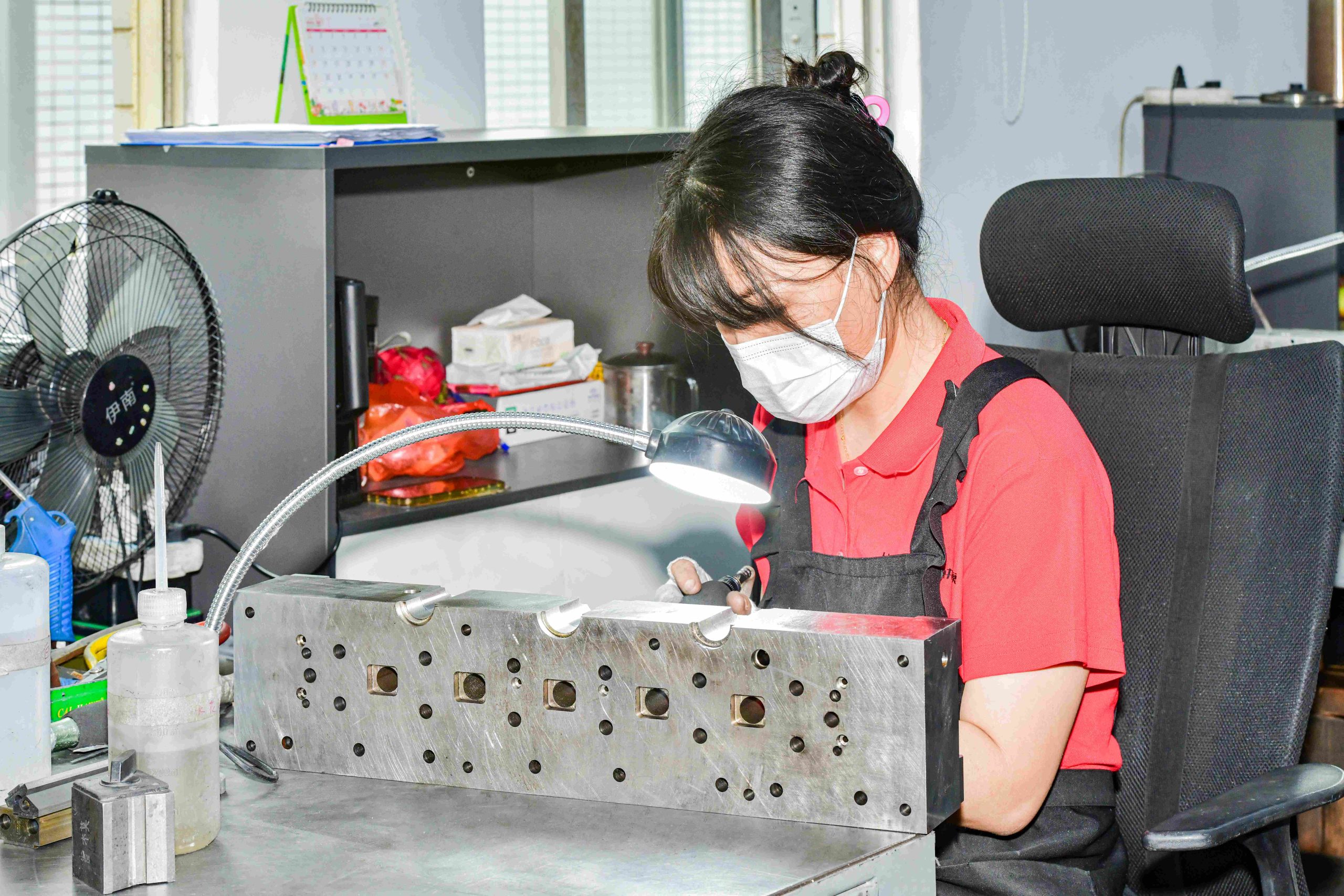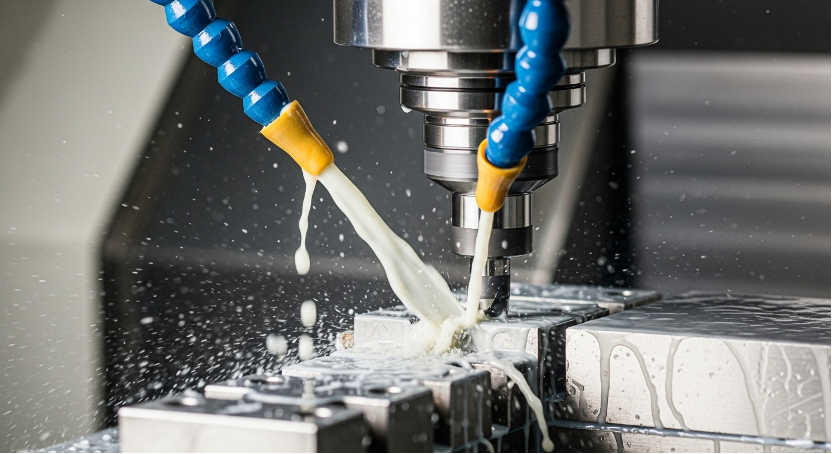
Johnny Xiong
Rapid Tooling Expert
Contents
Injection molding is a cornerstone of modern manufacturing, vital to the automotive, medical, electronics, and consumer goods industries. Although injection molds are engineered to endure intense cycles and high pressure, they are not immune to wear, damage, and failure. Proactive maintenance and expert repair are critical to ensuring mold longevity, minimizing production downtime, and controlling costs.
This comprehensive guide covers everything you need to know about injection mold repair—from identifying common issues and root causes to exploring advanced repair techniques, cost management, and strategies for prevention.

1. Understanding Injection Mold Damage
Injection molds are complex tools composed of steel or aluminum. They endure extreme temperatures, pressures, and repetitive operations. Over time, various types of damage may occur.
1.1 Common Types of Mold Damage
- Wear and Tear: Continuous operation leads to natural abrasion, especially in sliding components such as ejector pins, guide pillars, and sliders.
- Cracks and Fractures: Thermal stresses, sudden temperature changes, or excessive pressure may cause cracks or fractures.
- Corrosion: Moisture, chemical additives, or corrosive resins can cause rusting and surface pitting.
- Flash Formation: Mold misalignment or cavity erosion can cause excess plastic seepage (flash).
- Cooling System Blockage: Scale, rust, or debris buildup in cooling channels reduces heat transfer efficiency, leading to longer cycle times.
- Injection Gate Damage: High-pressure molten plastic can deform or wear out the gate area.
1.2 Root Cause of Mold Damage
- Improper Material Selection: Using low-grade steel that cannot withstand operational stresses.
- Poor Maintenance Practices: Infrequent or incorrect cleaning and lubrication
- Incorrect Process Parameters: Operating at improper temperature or pressure settings.
- Component Misalignment: Misaligned plates, inserts, or leaders.
- Improper Ejection: Excessive or uneven ejector force.
- Inadequate Lubrication: Leading to increased friction and wear on moving parts.
2. The Systematic Mold Repair Process
Injection mold repair follows a systematic approach to assess and restore the mold to optimal working condition.
2.1 Inspection and Diagnosis
- Visual Inspection: Identify visible cracks, rust, flash, and alignment issues.
- Dimensional Analysis: Use precision measuring tools or a Coordinate Measuring Machine (CMM) to verify critical dimensions.
- Non-Destructive Testing (NDT): Employ ultrasonic or magnetic particle inspection to detect subsurface defects.
2.2 Disassembly and Cleaning
- Molds are carefully disassembled to prevent damage to delicate components.
- Advanced cleaning methods like ultrasonic cleaning or dry ice blasting are used to remove plastic residue, grease, and contaminants.
2.3 Repair or Replacement
Depending on the damage, technicians will either repair or replace components.
Mold Part | Repair Methods |
Cavity/Core | Laser welding, polishing,re-machining |
Cooling Channels | Drilling, descaling, flushing |
Ejector Pins | Replacement, machining |
Guide Pillars | Realignment, replacement |
Cracks | TIG or laser welding |
2.4 Precision Machining
After welding or part replacement, CNC machining, EDM (Electrical Discharge Machining), or grinding ensure correct dimensions and surface accuracy.
2.5 Polishing ans Texturing
To restore the mold surface, technicians polish using diamond paste or apply textures for specific product requirements.
2.6 Assembly and Testing
- A trial injection run is conducted to test functionality.
- Resulting samples are inspected for defects like flash, short shots, or sink marks.
- Final adjustments are made before returning the mold to production.

3. Advanced Mold Repair Techniques
- Laser Welding: Offers pinpoint precision with minimal heat input, ideal for delicate edges and fine cracks.
- TIG/MIG Welding: Suitable for repairing larger areas; requires post-weld machining.
- EDM (Electrical Discharge Machining): Perfect for re-creating complex geometries and sharp corners.
- Additive Manufacturing: Metal 3D printing rebuilds worn sections layer by layer, ideal for hard-to-replace components.
- Ultrasonic Cleaning: Effectively removes stubborn deposits from cooling channels and intricate geometries.
4. Preventive Maintenance for Reduced Repairs
Proper maintenance minimizes the need for major repairs and extends mold life.
4.1 Daily Maintenance Checklist
- Clean mold surface and remove plastic residue.
- Lubricate moving parts (ejector pins, slides).
- Inspect for wear marks and looseness.
- Apply anti-rust protection before storage.
4.2 Periodic Maintenance Checklist
- Disassemble mold completely.
- Check for alignment issues.
- Flush cooling systems.
- Inspect electrical connections and sensors.
- Replace worn-out parts like O-rings or springs.
4.3 Key Preventive Measures
- Use High-Quality Materials: Specify premium steels like H13 or P20 for critical components.
- Optimize Process Parameters: Ensure temperature, pressure, and cycle times are within design limits.
- Manage Water Quality: Use treated water in cooling circuits to prevent scaling and corrosion.
- Proper Storage: Store molds in a dry, climate-controlled environment with protective coating.

5. Understanding the Cost of Mold Repair
5.1 Factors Influencing Cost
- Extent and Severity of Damage
- Type of Repair Technique Required
- Mold Size and Complexity
- Costs of Replacement Parts
- Labor Costs and Production Downtime
5.2 Cost Optimizations Tips
- Invest in regular PM to avoid major failures.
- Use standardized components for easier replacement.
- Train mold operators and technicians in proper handling.
- Implement mold monitoring systems for early fault detection.
6. Choosing the Right Mold Repair Partner
Selecting a qualified service provider is crucial for quality and reliability.
6.1 Key Qualifications to Look For
- Experience with complex and high-cavity molds.
- Advanced equipment: CNC, EDM, laser welding machines.
- Skilled engineers and technicians.
- Short turnaround times and emergency services.
- Ability to provide trail molding and sample testing.
6.2 Important Questions to Ask.
- What materials can you repair?
- Do you offer on-site repair?
- What is your lead time for emergency repairs?
- Can you provide maintenance reports and documentations?
7. Common Mold Problems and Solutions
Problem | Cause | Solution |
Flash | Mold misalignment, worn parting line | Realign mold, weld or replace inserts |
Short shot | Improper venting clogged gates | Clean or enlarge vents, maintain gates |
Burn Marks | Air trap or overheating | Improve venting, adjust temperature |
Sink Marks | Uneven cooling, insufficient packing. | Optimize cooling, increase pressure |
Corrosion | Moisture, chemical additives | Polish, coat surfaces, replace |
8. Benefits of Timely Mold Repair
- Extends Mold Lifespan:Protects your capital investment.
- Improves Product Quality:Ensures consistent part dimensions and surface finish.
- Boosts Production Efficiency:Reduces unplanned downtime and cycle times.
- Lowers Total Cost:Avoids the higher costs associated with major mold failures.
- Prevents Catastrophic Failure:Proactive repair stops small issues from becoming major problems.
9. Future Trend in Mold Repair
- Predictive Maintenance: Using IoT sensors and AI to analyze data and predict failures before they happen.
- Automation in Repair: Robots performing repetitive tasks like polishing, cleaning, and inspection.
- Smart Molds: Molds with integrated sensors for real-time monitoring of temperature, pressure, and cycle counts.
Conclusion
Injection mold repair is not just a reactive solution but a key component of well-managed manufacturing process. By understanding damage types, implementing preventive maintenance, using advanced repair methods, and partnering with a reliable services provide, manufacturers can significantly enhance productivity and mold longevity.
About HordRT
With years of expertise in injection mold design, manufacturing, repair, and maintenance, HordRT delivers professional, high-precision solutions to industries worldwide. We specialize in serving the demanding needs of the automotive, electronics, medical device, and consumer goods sectors.
Ready to optimize your mold performance and reduce downtime? Contact HordRT today for a professional assessment.
-q4gvl4k29y4hq8j9rjpapvj0ft06fje63olt7p210i.png)

